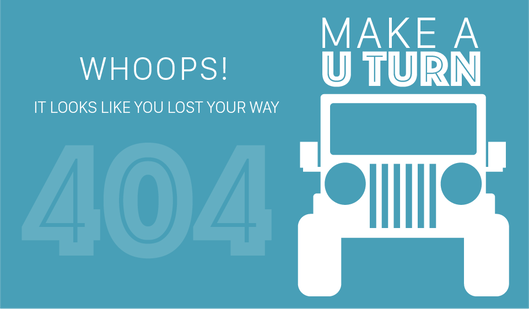
In this blog post, I’d like to talk about something that I feel we as teachers tend to avoid: our failures. Sometimes, no matter how scrupulously you plan a class, it just won’t go well. And while there may be several different reasons for this, sharing experiences can help improve our practice.
As teachers, the pressure to always succeed can be overwhelming, so acknowledging, sharing and reflecting on what went wrong and why that may be can only aid in normalising failure as a part of life, and perhaps becoming active and positive recipients of feedback in the future. By the way, don’t take my word for it: have a look at Thomas Farrell’s views on teacher reflection as a tool for development.
The story
So here I am with what I’m hoping will be only the first episode of What Went Wrong, on features of connected speech. I was teaching a one-to-one class based on this text and I thought I’d exploit it to do some work on connected speech with my B2 learner. I focussed on this extract:
I arrived at the youth centre that morning feeling full of trepidation. There was a gang of 12 helpers including me and each pair had been allocated a particular age group. Mine was the 10 to 11 year olds. Even with the planning meeting I had attended the week before, I worried about whether I was up to the task. Why hadn’t I read through the copious lesson plans we were given beforehand? And wasn’t the average 10-year-old more interested in the latest Play Station game than making things with paper and glue?
and asked my learner to make some hypotheses about how this text might be read at normal speed by a Brisith speaker (as we both live in the UK), what the content words would be and what reductions might occur in spontaneous speech. I was hoping specifically to elicit weak forms of function words such as “a” and “of”, as we’d talked about them before.
My aim was never for her to gain productive competence of these features, but indeed receptive competence that might help her with her decoding (by the way, see Cauldwell 2018 if you’re interested in how weak forms of function words cause decoding problems in listening or our post on listening instruction). Therefore, I didn’t ask her to read the text out loud, but just to listen to me read it and confirm her hypotheses.
WWW moment
The student made her hypotheses, but when I started reading, she would interrupt me at times and ask me to repeat so she could hear better. The fundamental issue with this is that by stopping and starting, I wasn’t reading in exactly the same way and she was (understandably) hearing slightly different things. I then proceeded to read the whole text again without interruptions so that she could further check her hypotheses. Eventually, she’d picked up on a few features, which I was happy with, but seemed a little confused and tired.
What I learned from all this
- when practising listening to features of connected speech, make sure learners are sufficiently familiar with them. Upon reflection, this was a bit too soon for her and she would’ve benefitted from further and more controlled exposure to these features;
- relying on your own reading of a text may be convenient, but no two reads will ever be the same; therefore, the next time, I will record my voice and play the audio file to ensure consistency;
- with this kind of practice, the learner has to concentrate hard on some very small details: all of this is cognitively demanding and this might be why she interrupted me. Next time, I will give her the recording so that she can decide for herself when to pause, rewind and listen again, which will be far more personalised;
- I need to further emphasise that, at least at an initial stage, this work is for receptive rather than productive purposes. Especially if your learners are living in an English-speaking country, like mine is, they may want to try their hand at producing these features straightaway, but if input-based theories SLA theories have taught us something, it is that having learners produce the target language straightaway will not necessarily help them transform input into intake.
That’s all for this episode of What Went Wrong: sharing my moment of shame has really helped me reflect, I hope it will help you too!
Did you enjoy our post? Share it with your friends:

